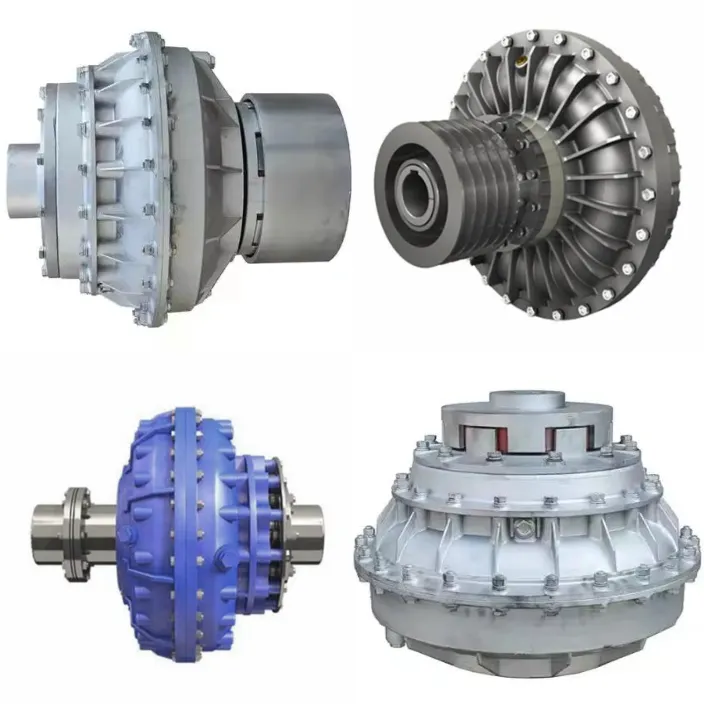Introducing Oil Furnace Pump Coupler

1. Design and Material
The oil furnace pump coupler is designed to efficiently transfer rotational motion and torque from the motor to the pump. It is typically made of high-quality materials such as steel or aluminum to ensure durability and reliability.
2. Functionality
This coupler plays a crucial role in connecting the motor shaft to the pump shaft, allowing for seamless transmission of power. It also helps in accommodating any misalignment between the two shafts, ensuring smooth operation.
3. Compatibility
The oil furnace pump coupler is compatible with a wide range of oil furnaces and pumps, making it a versatile and essential component in various industrial applications.
4. Efficiency
By effectively transferring power between the motor and pump, this coupler helps improve the overall efficiency and performance of the oil furnace system, leading to cost savings and increased productivity.
5. Durability
Due to its robust construction and high-quality materials, the oil furnace pump coupler is built to withstand harsh operating conditions, ensuring long-term reliability and minimal maintenance requirements.
Introduction to Oil Couplings
Definition
An oil coupling is a mechanical device designed to connect two shafts and transmit rotational motion and torque between them. It is commonly used in machinery to transfer power efficiently while accommodating shaft misalignment.

Purpose
Oil couplings play a crucial role in industrial applications by enabling the seamless transfer of power between disconnected shafts, allowing for smooth operation and optimal performance. They help in maintaining the integrity of the machinery while reducing wear and tear on components.
Types of Oil Couplings
Construction Details: Fluid/Gear/Hydraulic
Oil couplings come in various types, including fluid couplings, gear couplings, and hydraulic couplings. Each type has unique features and applications, such as fluid couplings for smooth power transmission and hydraulic couplings for precise control.
Advantages and Disadvantages
Fluid couplings offer smooth power transmission but may have lower efficiency, gear couplings provide high torque capacity but may require more maintenance, and hydraulic couplings offer precise control but may be more complex to install and operate. Understanding the pros and cons of each type helps in choosing the right coupling for specific industrial needs.
Components and Design
Main Components
The primary components of an oil coupling include the driving unit, driven unit, and the hydraulic fluid chamber. These components work together to transmit power efficiently between two shafts while accommodating misalignment.
Working Mechanism
Oil couplings operate by using hydraulic fluid to transmit power from the driving unit to the driven unit. The hydraulic fluid helps in transferring rotational motion and torque between the shafts, ensuring smooth and reliable operation of the machinery.
About HZPT
Founded in 2006, HZPT is a leading manufacturer and exporter specializing in the design and production of couplings. With a dedicated R&D team and a comprehensive quality inspection system, we ensure the highest product quality and customer satisfaction.
Our company’s commitment to excellence and competitive pricing has made us a trusted partner for customers in Europe and the United States. We offer a wide range of couplings, including radial elastic couplings, gear couplings, and hydraulic couplings, tailored to meet the diverse needs of our clients.
At HZPT, we prioritize customer service and product innovation, striving to exceed expectations and build lasting partnerships with our global customers. Contact us today to experience the difference with HZPT.
